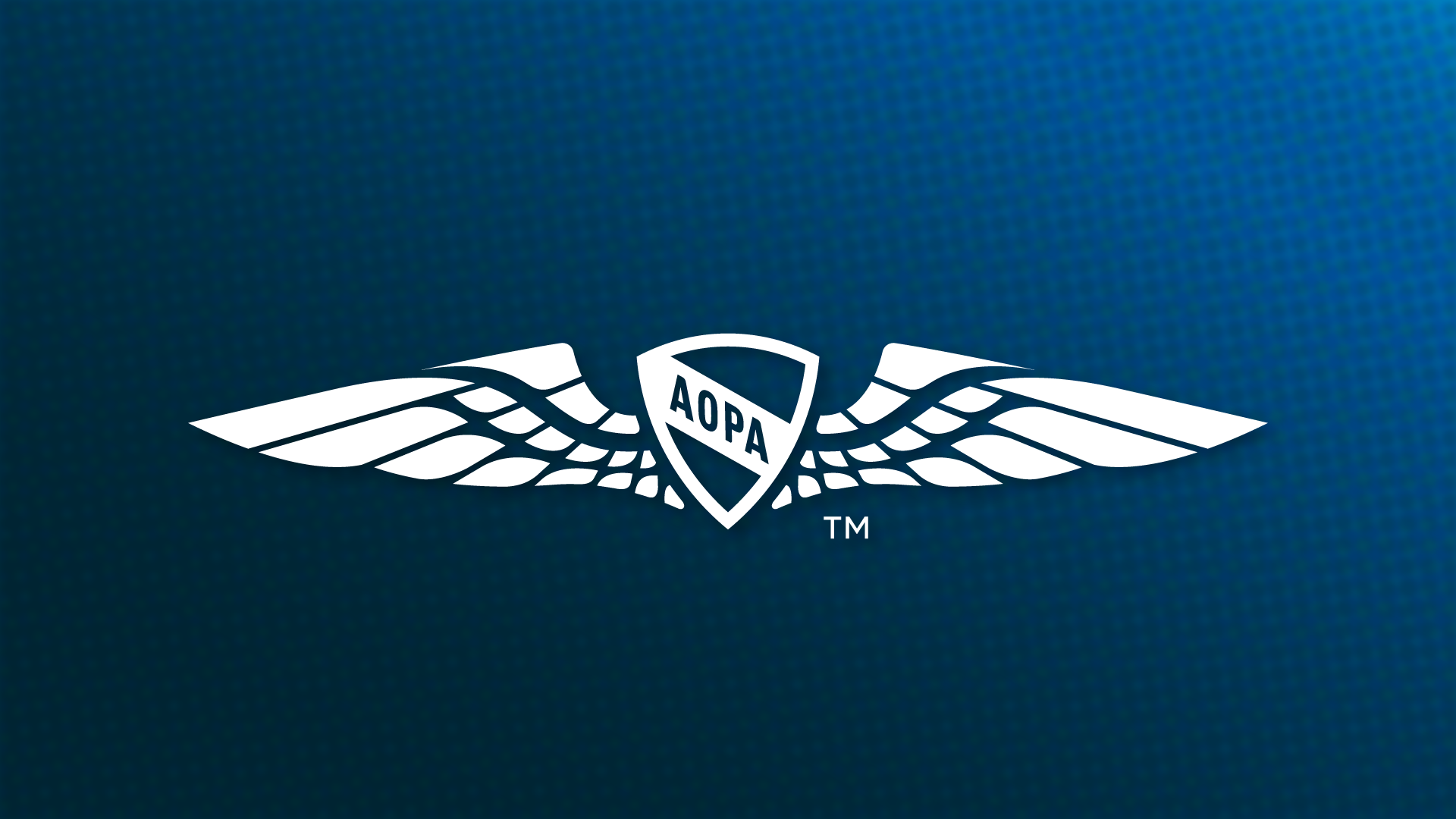Is retractable gear worth the cost?
When I began my journey of flying, I recall reading about the differences between the airplane I was training in—a Piper Colt that didn’t go as fast as a Nolan Ryan fastball—and airplanes considered to be complex or high performance.
The FAA defines an airplane as “high performance” when it has 200 or more horsepower, while a “complex” airplane has a controllable pitch propeller and retractable landing gear. Back in the day—the more I use that expression, the older I know I’ve gotten—the general progression of building time almost forced pilots to get some time in a high-performance, complex aircraft. The commercial certificate required it, in fact, and almost every flight school worth its salt had such an airplane on the flight line only because of those requirements. Eventually, the dominant model for it became the Piper Arrow. Other models included the Cessna 182 Skylane, Beechcraft Bonanzas and Mooney models. The Cessna 172RG was great for introducing complex operations, but it didn’t have the engine for the high-performance endorsement.
When airport ramps more commonly had newer airplanes of all types, this was more than just an interesting query. The 172RG had a controllable propeller and gear that went up and down, but it wasn’t high performance. Same with the first models of the Piper Arrow. Learning to manipulate the third engine lever (prop control) was easier given that it was right in front of you, and learning to include it in your process of managing the engine came pretty quickly. Besides, airplanes like the Cessna182 and the Piper Cherokee Six had a prop control and fixed landing gear.
Learning to fly with retractable landing gear doesn’t involve any new skills, per se, but it does require remembering to raise and lower the gear. This is no small thing. Manufacturers try to help by putting in gear warning horns, red lights, green lights, squat switches, and—in the case of the Arrow—an automatic extension doohickey designed to lower the gear under certain conditions if the pilot forgets.
With a retractable Cessna, you can at least look out the window and see if the wheels are down. But with low-wing airplanes, this is not an option, and for pilots used to flying low-wing, fixed-gear airplanes, it becomes painfully easy to forget the gear. Insurance companies know this, and rates reflect it. For the pilots wanting to own a retract, this could be an obstacle not easily overcome.
The added cost of owning and flying a retractable gear airplane is not limited to premium payments. Part of the annual inspection is a gear swing, with the airplane hoisted on jacks while the techs swing the gear. That procedure in and of itself doesn’t have a cost to it, but you will pay for it to cover the labor. Other parts have to be inspected as well, such as the gear motor, the pump, the squat switches that indicate whether the gear is on the ground or staying in the wells as commanded, and up/down locks. Even the little light bulbs that indicated down-and-green are formally checked. There is no getting around the fact that an annual for an airplane with retractable gear is going to cost more, and that’s even without any unexpected repairs. I’m not personally aware of any retractable-gear airplanes that don’t also have a controllable propeller, so that extra bit will also add to ownership costs.
What’s the tradeoff? It used to be that a retractable-gear airplane guaranteed at least some increase in speed. Getting the gear out of the slipstream gained a few knots even over the weight of a primary retraction/extension system and its backup. Did the speed matter? Not so much in most four-seat models, but moving up to a six-seat (or bigger) single netted some serious speed and range improvements, and getting into those models often required some high-performance/complex time.
Nowadays, fixed-gear airplanes like the Cirrus line that are made out of plastic and have big engines bolted on, pulled by three-blade propellers, some with turbochargers, bring some serious speed to the race. Homebuilts also have left older retracts in their wake without the complexity and expense of swinging landing gear. Newer airplanes also come with far better avionics than many legacy airplanes.
So, is a retract worth it, especially at the entry level? Honestly, probably not. It’s still a fork-in-the-road airplane, but now mostly for potential owners rather than career pilots. Some time in an Arrow or a 182RG can help a prospective owner build experience toward something like a Bonanza or a Cessna 210 or a Piper Lance. I own an Arrow, but mine is turbocharged with a six-cylinder engine (again, more expensive to maintain), and it has some gap seals added. It doesn’t go as fast some more modern airplanes, and it’s older, so I treat it with some TLC. But it’s plenty fast for my personal use, and with over 20,000 hours of time in other retractable types, putting the gear up and down is as natural as putting on my shoes.
The commercial certificate rules changed after a wing separation event on an Arrow in 2018, and the retractable-gear requirement was eliminated. Was this necessarily the best decision? I don’t know, but it wasn’t exactly a surprise, and for flight schools, it was a relief. It also led to a flood of airplanes on the market for those who were interested. The prices were depressed while the collective breath was held for the inevitable wing spar airworthiness directive from the FAA, but for pilots looking to expand their experience, getting a commercial certificate suddenly became less onerous.
But there is something pretty cool about hearing the gear thump into place on takeoff, or feeling it drop down and jiggle the airplane a bit as the wheels lock down on extension. There really is a certain satisfaction that comes with that…as long as all three of the lights turn green.



